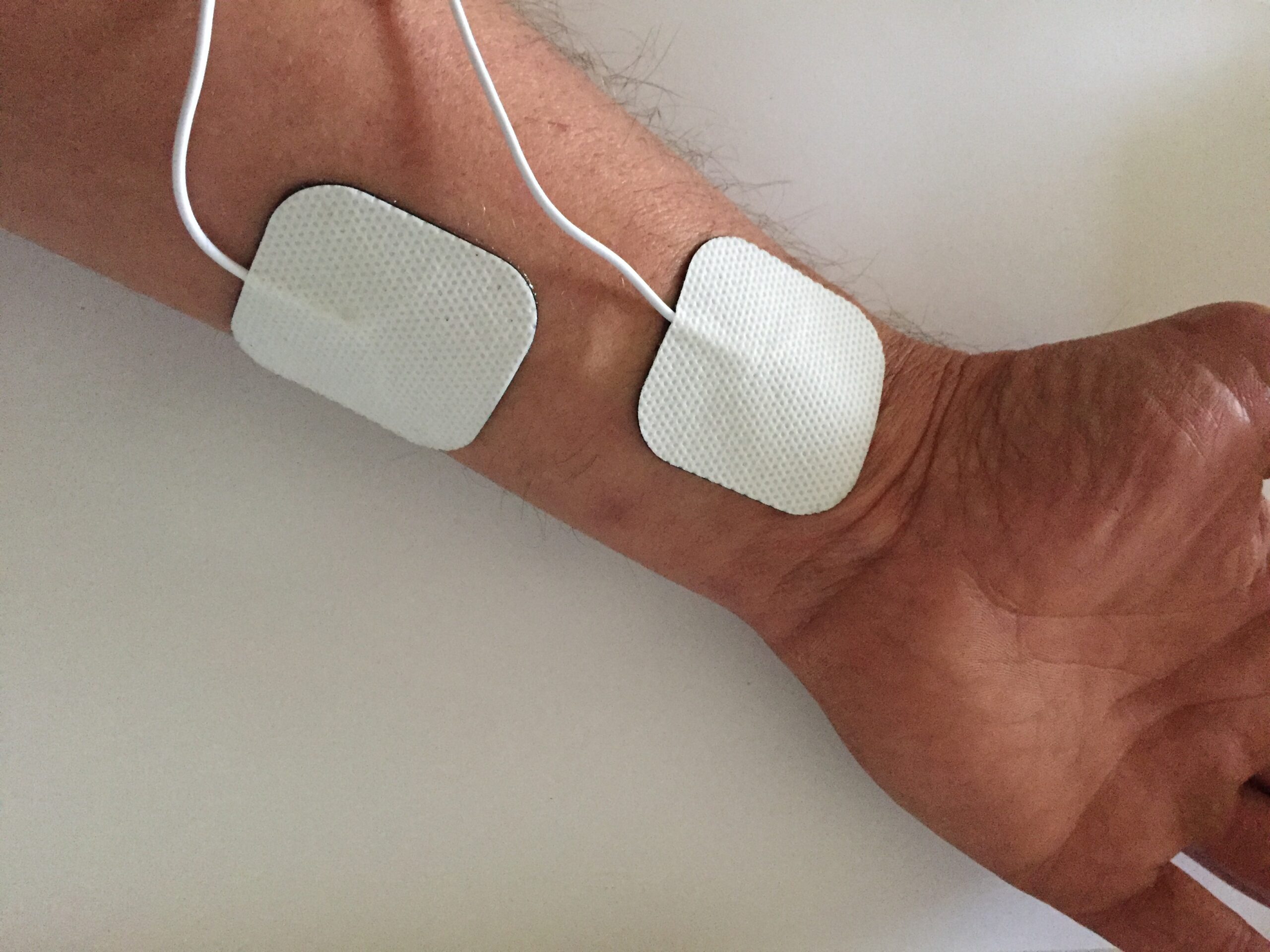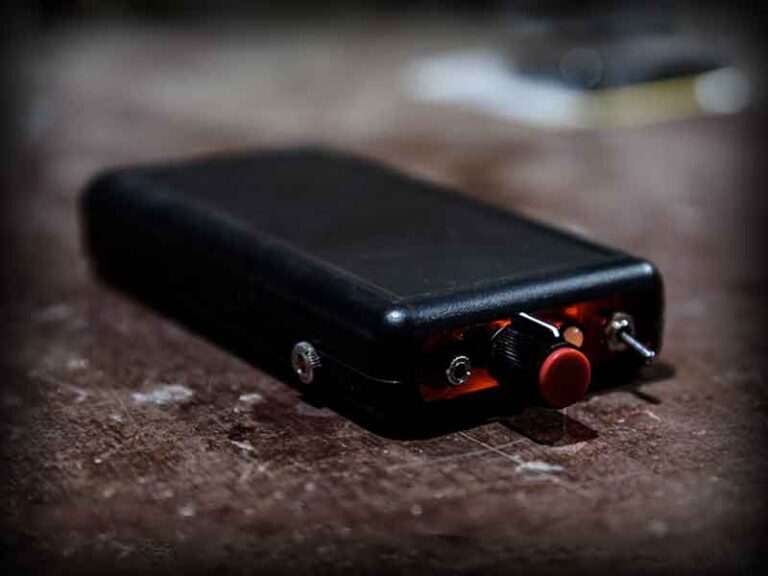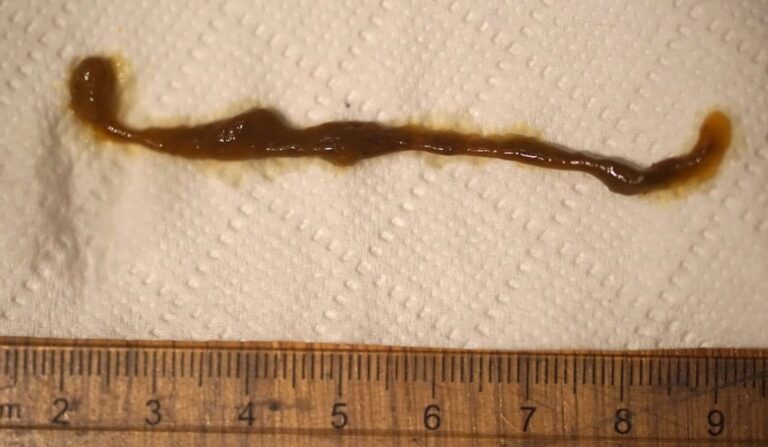Blood Electrification: Exploring the Potential Benefits and Controversies
Blood electrification is an alternative health practice that has gained attention for its proposed potential benefits in promoting overall well-being and supporting the body’s natural healing processes. This technique involves the application of a small electrical current to the bloodstream, often using specialized devices. While it has its proponents who believe in its therapeutic value, blood electrification remains a topic of debate within the medical community due to the lack of robust scientific evidence supporting its effectiveness. In this article, we will explore the concept of blood electrification, its claimed benefits, and the controversies surrounding this practice.
Understanding Blood Electrification:
Blood electrification, also known as blood electrification therapy or electrification of the blood, involves the use of a low-level electrical current applied directly to the bloodstream. The idea behind this technique is that the electrical current can help neutralize pathogens, such as viruses, bacteria, and parasites, that may be present in the blood. Proponents of blood electrification suggest that this electrical stimulation can enhance the body’s immune response, improve circulation, and promote overall health.
Devices Used in Blood Electrification:
Various devices have been developed for blood electrification. One popular device is the “Blood Electrifier,” which typically consists of two electrodes connected to a small power source. The electrodes are placed on the skin over major blood vessels, such as the wrist or ankle, allowing the electrical current to enter the bloodstream.
Claimed Benefits of Blood Electrification:
Advocates of blood electrification propose several potential benefits associated with this practice. These include:
- Pathogen Neutralization: Blood electrification is believed to target pathogens in the bloodstream, helping to eliminate or neutralize them. This, in turn, may support the body’s immune system in fighting infections.
- Enhanced Circulation: The electrical current is thought to stimulate blood flow and improve microcirculation, which can aid in the delivery of oxygen and nutrients to tissues and organs.
- Detoxification: Some proponents suggest that blood electrification can assist in the removal of toxins from the bloodstream, supporting the body’s natural detoxification processes.
- Overall Well-being: It is claimed that blood electrification can help restore balance and vitality to the body, leading to improved energy levels, better sleep, and a strengthened immune system.
Controversies and Skepticism:
While blood electrification has gained a dedicated following, it remains a subject of skepticism and controversy within the medical community. The primary concerns include:
- Lack of Scientific Evidence: The scientific evidence supporting the effectiveness of blood electrification is limited and often anecdotal. Well-designed clinical studies investigating the benefits and safety of this practice are scarce, making it difficult to draw definitive conclusions.
- Potential Risks: The safety of blood electrification is another area of concern. Improper use or excessive electrical current could lead to tissue damage, burns, or other adverse effects. Therefore, it is crucial to exercise caution and seek guidance from healthcare professionals if considering this approach.
- Alternative Treatments: Critics argue that there are other well-established and evidence-based treatments available for many health conditions. Relying solely on blood electrification may delay or discourage individuals from seeking conventional medical care, which can be essential in certain situations.
Conclusion:
Blood electrification is an alternative health practice that involves the application of a small electrical current to the bloodstream. While some individuals claim benefits from this technique, the scientific evidence supporting its effectiveness is limited. As with any alternative therapy, it is essential to approach blood electrification with caution and consult with healthcare professionals. If considering blood electrification, it is advisable to prioritize scientifically proven treatments and therapies as the primary approach to maintain overall health and address specific medical conditions. Further research and well-designed clinical studies are needed to better understand the potential benefits, risks, and appropriate use of blood electrification.






